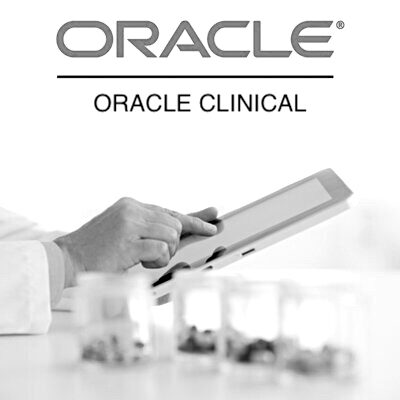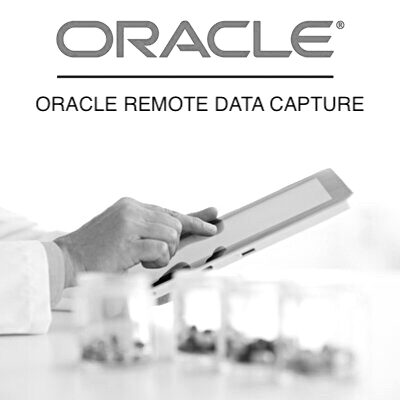Table of Contents
Methods of Clinical Data Collection
Clinical Data Management requires the collection of raw clinical data. Data collection methods are of three types:
- Paper-based methods
- Electronic methods
- Hybrid methods
Paper-Based Methods
Paper based methods involve collection of data on paper forms termed the Case Report Forms (CRFs). These forms are then sent to the data management site where they need to be entered into the centralized database and managed.
Paper based methods have been used since early times. However managing the data collected on paper has several drawbacks such as:
- Data on paper is prone to loss by water/air and fire.
- Paper based CRFs need additional resources for indexing and maintenance.
- It involves additional cost in maintenance, archiving, transporting etc.
- More time is spent on managing clinical data on paper as it takes time to be for the data to be analyzed for discrepancies, and each time a query is raised, it adds enormous cost and time to clarify.
- Analysis of truckloads of pages that need to be submitted to the regulators is a tedious task for both data management and the regulatory agencies.
- Time for approval of a NDA is increased.
Paper based methods of clinical data collection have been proven to an effective method of clinical data capture but only when coupled with electronic means. Such a hybrid method is being used today.
However standalone paper based methods costly, time consuming, and inefficient. It not only makes the process of data collection difficult but also its analysis.
Electronic Methods
Electronic methods involve entering the data directly into a computer system without being transcribed on the CRF. The computer system may be centralized, where all sites are accessing the same system using the internet or distributed, where each site is entering the data locally on their system which them gets synchronized to a common repository.
There are several methods by which the data can be uploaded to a centralized database in electronic based approach. For example PCs can be used which are connected to the centralized database through a modem, DSL or lease line or even using PDAs (Personal desktop Assistants) and pen-based devices that have wireless connectivity to the centralized database.
Also other examples of pure electronic methods for data collection are e-CRFs that are basically PDF (Portable Document Format) files which are electronic versions of the CRFs having built in validations and checks to ensure accurate, complete and consistent data entry. These e-CRFs can then be batch uploaded on to the centralized database.
The newest trend is called the EDC (electronic data capture) where the investigatory has access to the centralized database in real time through an internet browser. The Investigator can then enter the patient data directly into the database while ensuring that validation checks/rules run against the entered data so that the data is accurate and consistent. This eliminates the need for first pass data entry. All these approaches are essentially paperless.
Hybrid Methods
Hybrid methods are an integration of the paper based as well as electronic approach. A good example of this approach is that specially designed paper based CRFs are filled in by the investigators at the sites and then faxed to specialized location where they are scanned and fed into a computer equipped with OCR (Optical Character recognition) and OMR (Optical Magnetic Recognition) software. The OCR software analyzes the CRF images and converts it into editable text while the OMR component recognizes the marks such as checkboxes. The output of this software feeds the data points within the centralized database to update the data there and any errors in the CRF images are flagged by the OCR/OMR software. This again eliminates the need for first pass data entry.
Today the hybrid method is being used extensively as it is accepted due to its approach of utilizing electronic means yet not phasing out the paper based systems.
However it is just a matter of time. The moment the pharmaceutical companies recognize a good ROI (Return on investment) for the investments they would make for establishing IT infrastructure at sites to be capable to do EDC studies, the industry would shift to pure electronic based methods. However the time for the change has not yet arrived.
For a deep insight into the world of Clinical Data Management, subscribe to our Clinical Data Management Knowledgebase
Want a explore a career in Clinical Data Management? Join our Diploma in Clinical Data Management program and kick-start a career in Clinical Data Management and Oracle Clinical.





I have researched on this very topic for hours. I was looking for a progressive breakdown as you did and couldn’t find it until now. Thanks for this information. We need to understand the history and progresses made in health care. Good job.